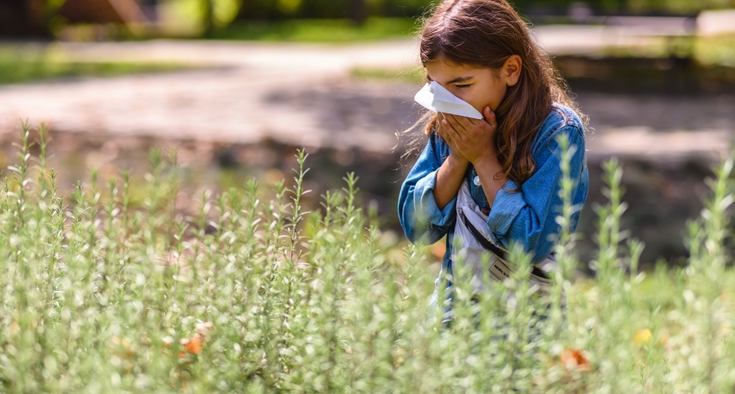Summer 2024 is already a scorcher, with several days of excessive heat warnings — the National Weather Service's highest warning — issued for millions of people. Raleigh, North Carolina, documented its highest temperature on record July 6 at 106 degrees F.
This summer as temperatures continue to reach blazing heights, visits to emergency rooms nationwide will rise for incidences of heat stroke, heat exhaustion and dehydration. An estimated 1,220 Americans die of heat-related causes annually, the Centers for Disease Control and Prevention (CDC) reports.
Good health starts with an annual check-up.
Why are high temperatures dangerous?
Rising temperatures can cause high body temperatures, organ and brain damage as people’s bodies struggle to cool themselves. Normally, the body’s natural cooling mechanism, sweat, evaporates off the skin to cool the body, but in extreme heat that evaporation might not be enough to cool you off. And an abrupt change in humidity – more than a rise in temperatures – will affect the body’s cooling mechanism.
Some people are more susceptible to extreme heat than others. Those most at risk of heat-related conditions include the elderly, children, poor or homeless people without access to air conditioning, workers or athletes who are outside for long periods of time, and people with chronic medical conditions.
The elderly are most susceptible to classic heat illnesses or heat exhaustion because they have trouble adjusting to significant changes in temperature. People with high blood pressure using medication to manage that condition are also at risk because the drugs affect the fluid levels in the body.
Exertional heat illness can affect athletes who try to maintain their normal fitness routines but haven’t yet acclimated to a rise in humidity or heat.
What’s the difference between heat stroke and exhaustion?
The difference between these two heat-related conditions is in the symptoms and severity.
According to the CDC, symptoms of heat exhaustion include:
- Heavy sweating
- Weakness
- Cold, clammy skin
- A pulse that is either too fast or too slow
- Nausea or vomiting
- Fainting
Heat stroke can manifest in other ways, including:
- A body temperature higher than 103 degrees F
- Skin that feels hot, red or moist to the touch
- A quick and strong pulse
- Unconsciousness
Best doctors. Amazing nurses. Remarkable care.
Compassionate care when and where you need it.
People can even appear confused or they may be delirious or suffer hallucinations.
When symptoms of heat exhaustion are present, experts suggest seeking a cooler location, loosening clothes, lying down and drinking water. Also, applying cool, wet cloths to the face and body can help cool you down. If you are vomiting uncontrollably, you should seek medical attention.
With symptoms of heat stroke, the CDC says to call 911 right away. As with heat exhaustion, the person should move to a cooler spot and have cold compresses applied to the body. The agency says not to drink fluids.
Preventing heat-related illness
Because it’s easy to quickly become dehydrated when it gets really hot, it is important to drink more water than usual and not to wait until you feel thirsty. Avoid dehydrating drinks such as alcohol, caffeine and sugary drinks.
Replenishing electrolytes is important, too. Sports drinks like Gatorade or an electrolyte-infused water like Smartwater help replenish lost electrolytes, though water is often just fine. Some sports drinks are loaded with sugar, so it's always wise to check the ingredients and nutrition information on the label.
For outdoor chores like mowing the lawn, and activities like sports or exercise, try to schedule these things for early in the morning, when temperatures are cooler and the sun is low in the sky. The CDC recommends staying inside, in an air-conditioned location, as much as possible and wearing loose, light-colored clothing to prevent heat-related illness during extremely hot weather.












